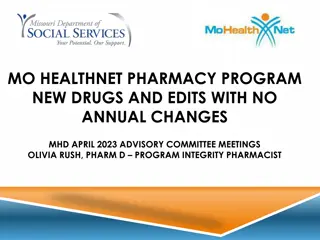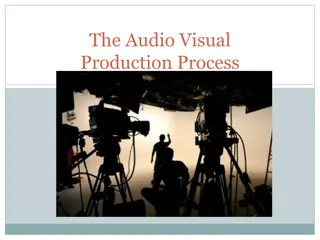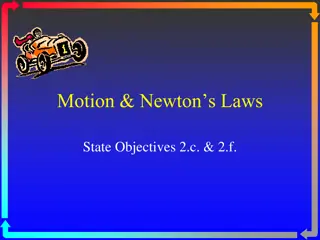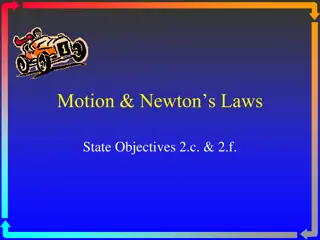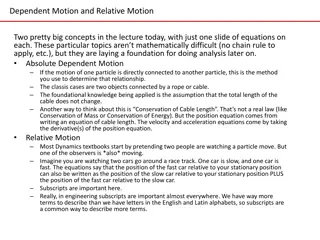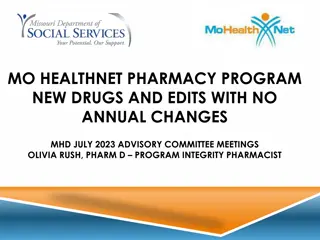Stages of Documentary Post Production A Guide by Motion Edits
// /stages-of-documentary-post-production-a-guide-by-motion-edits/nDiscover the key stages of documentary post-production in this guide by Motion Edits. Learn about editing, sound design, color grading, and final delivery to create a compelling
Uploaded on Feb 06, 2025 | 0 Views
Download Presentation

Please find below an Image/Link to download the presentation.
The content on the website is provided AS IS for your information and personal use only. It may not be sold, licensed, or shared on other websites without obtaining consent from the author.If you encounter any issues during the download, it is possible that the publisher has removed the file from their server.
You are allowed to download the files provided on this website for personal or commercial use, subject to the condition that they are used lawfully. All files are the property of their respective owners.
The content on the website is provided AS IS for your information and personal use only. It may not be sold, licensed, or shared on other websites without obtaining consent from the author.
E N D
Presentation Transcript
Stages of Documentary Post Production: A Guide by Motion Edits The journey of creating a documentary does not end when the camera stops rolling. It instead begins during post-production. That is why, at Motion Edits, we have compiled a guide to the post-production process, drawing on years of experience and countless projects. Initially built for our team of video editors and VFX artists, this guide is packed with our proven techniques and insights to help editors and directors like you tackle the complexities of post-production. Whether you are a filmmaker, videographer, or part of a production team, understanding these stages can ensure your final footage hits the mark every time. However, while this guide provides a solid framework, every documentary is unique. So, while the steps remain constant, you will need flexibility and adaptation to make it yours. 1. Organizing and Logging Footage The first crucial step in documentary post-production is organizing and logging your footage. This is where meticulous attention to detail is essential. The goal is to ensure that every shot is categorized, labeled, and stored in a way that allows efficient access throughout the editing process. This stage typically involves reviewing all the footage, taking notes, and creating detailed logs of content, tone, and potential uses for each clip. So, watch everything and write a note of even the smallest moments that strike you emotionally or intellectually. Get transcripts of your key interviews to help structure your edit. Note what stands out, what s essential for the story, and what can be cut. 2. Paper Edit When you have a lot of talking heads, a paper edit can be an invaluable tool. This is a rough draft of your film that you can physically manipulate. It allows you to arrange and rearrange transcript lines and footage to begin forming your narrative structure. However, a word of caution: while paper edits can help structure essay-driven films, they also come with a risk of ignoring visual storytelling because they can be dialogue-heavy. You may miss moments with more emotional or narrative weight in your footage. 3. Assembly Edit Now, the real editing begins. After you have logged your footage and gathered a rough structure, it s time for the assembly edit. This is where you start putting your film together (loosely) to see how everything fits. The goal of the assembly edit is not to finesse. It s to build the film s bones and see if it holds together. Hence, keep the edit simple. Focus on establishing the main structure and ask critical questions: Does the story make sense? Are the key themes coming through? Are there characters or themes that are unnecessary? Remember, the assembly edit should be quick and rough. Include all major moments, key scenes, and emotional beats. You do not need to worry about perfect cuts, transitions, or sound effects. Keep it straightforward, and focus on answering the big questions. 4. Rough Cut The rough cut is where you start refining. You have answered the big structural questions in the assembly, and now you will begin making the first drafts of your visuals, narration, and music. At this stage, you will likely show your rough cut to test audiences, including film professionals and laypeople. The key here is to find the film s rhythm, not to get bogged down in minute details. For documentary filmmakers, this stage can be both exciting and overwhelming. So, keep a few things in mind: Length: Aim for about 10% shorter than the final runtime. Sound: Use a lower distracting ambient sound, but J and L cuts with voiceover are okay. Do not over-finesse your edits here. Also, add the first draft narration. This can be either on-screen text or scratch
5. Fine Cut Once the rough cut is complete, it is time to move on to the fine cut. This is where your film becomes nearly final. Now, you will work to perfect the pacing, transitions, and overall feel. During this stage, focus on tightening your film to its most refined version. Here is how to approach it: Rescreen your rushes and reread your transcripts: Look for any overlooked footage or sound bites that make more sense with the current structure (after feedback). 6. Locked Picture Picture lock is one of the most crucial milestones in documentary post-production. In this stage, you ve essentially reached the final phase of editing. No further changes to the video or timeline will be made here. In this stage, you ll focus on: Video: Overlay the final archival materials and graphics/animations. Audio: Lay in your final composed music, narration, and final sound effects. Can Documentaries Use Visual Effects (VFX)? While documentaries typically don t rely heavily on visual effects, you can still use VFX depending on your documentary s style, subject matter, and budget. You might use VFX to add graphics, animations, or simple digital effects to make specific points stand out. For example, if your documentary covers historical events or includes statistics, VFX can recreate those events or display data. Beyond this, wildlife and nature documentaries can also benefit from VFX, especially when capturing rare animals or difficult-to-film environments. Though documentaries aim to present factual stories, VFX has become a crucial tool for communicating ideas that might otherwise be impossible to visualize. At Motion Edits, we collaborate with our sister brand, Motion Effects, to provide advanced VFX services when necessary. Whether it s subtle digital enhancements or more elaborate effects, we ensure that the visual elements of our client s documentary support the storytelling without overwhelming it. Ready to Make Your Documentary the Best? Documentary post-production is a detailed, creative process that requires careful attention at every stage. At Motion Edits, we have the expertise to guide you through each post-production stage, helping you craft a polished, professional documentary that s ready for the world to see. Whether it s editing, sound design, color grading, or advanced VFX, we re here to bring your vision to life.
CONTACT US Address - 4010 Stasney street, College station, TX, 77840 E-mail - video@motionedits.com Website - www.motionedits.com












